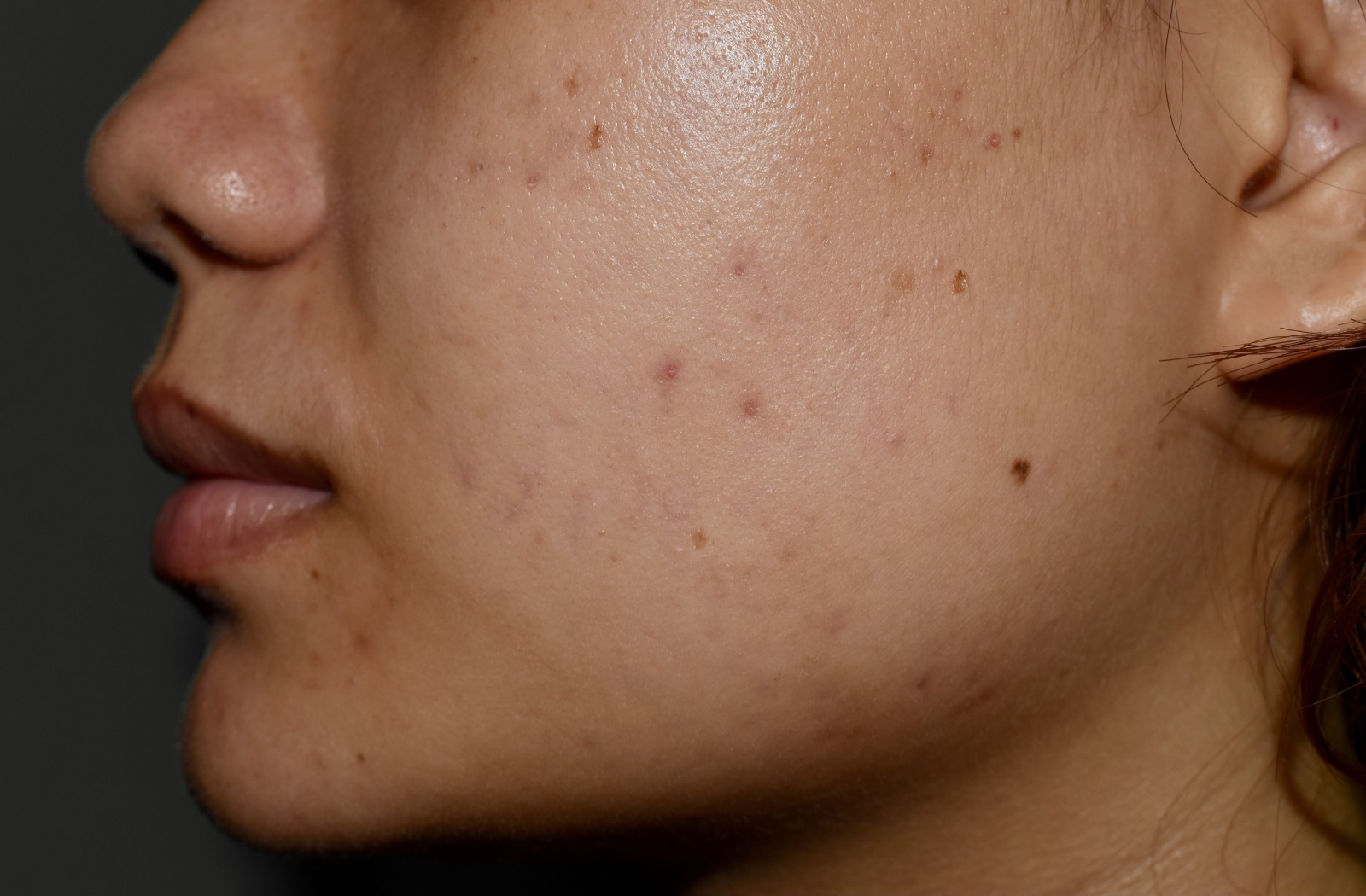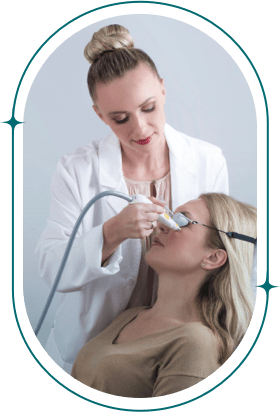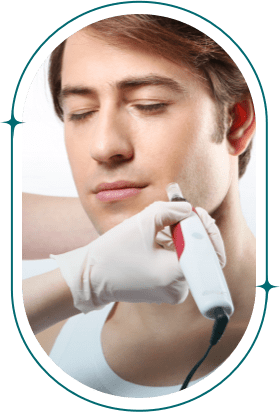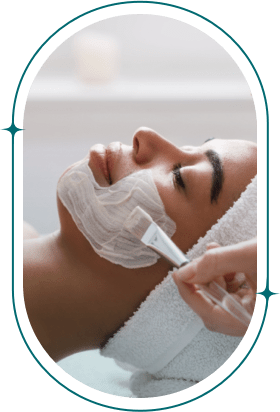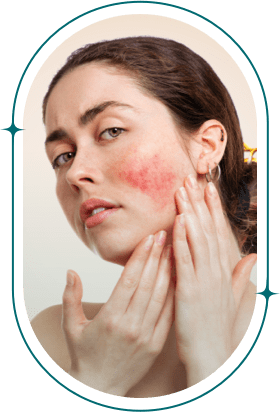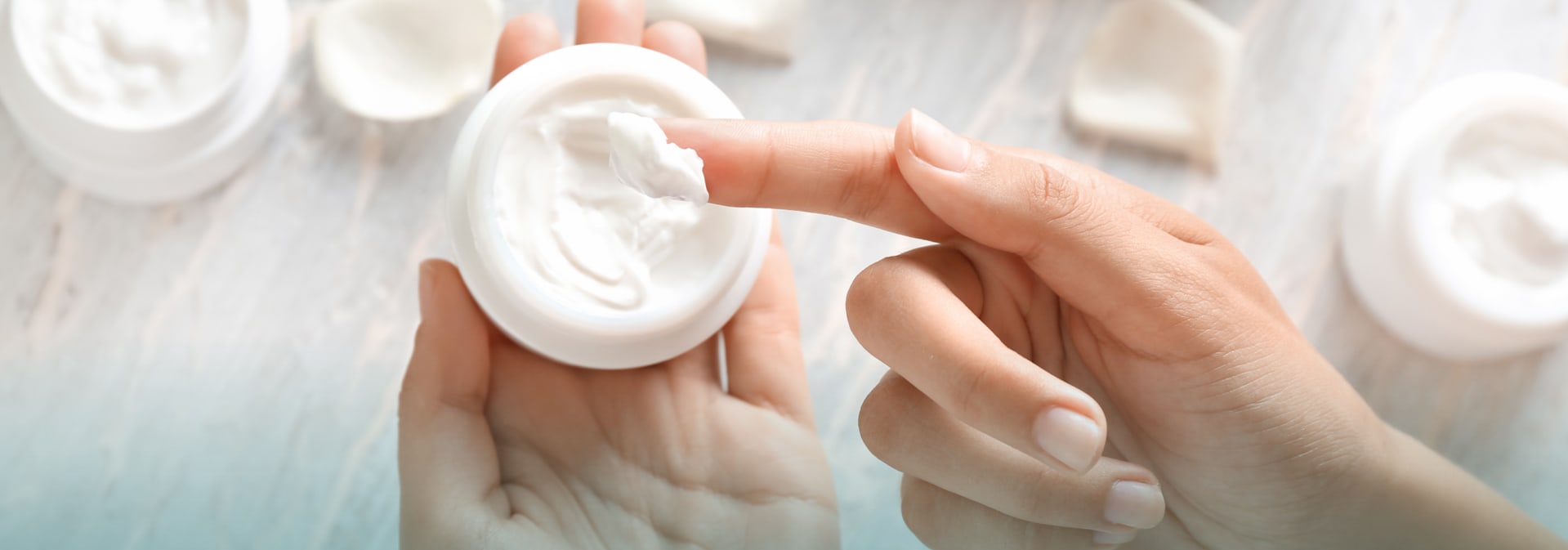Dark spots on your face can make you feel self-conscious about your appearance. These pigmentation issues develop from various factors and can affect people of all ages and skin types. Professional brown spots treatments and advanced medical esthetic approaches offer effective solutions for these common concerns.
You can effectively reduce dark spots through professional medical esthetic treatments, targeted skincare routines, and consistent sun protection strategies. The key lies in choosing the right combination of treatments based on your specific skin concerns and pigmentation type.
What Causes Dark Spots on Your Face?
Dark spots form when your skin produces excess melanin in certain areas. This overproduction happens as your skin’s natural response to various triggers and stressors.
Several factors contribute to dark spot formation:
- Sun exposure and UV damage: Years of unprotected time outdoors stimulate melanin production as your body’s defense mechanism, leading to sunspots or “age spots.”
- Hormonal changes: Pregnancy, menopause, or birth control can trigger melasma—patchy pigmentation that often appears on the cheeks, forehead, or upper lip.
- Post-inflammatory hyperpigmentation: Acne breakouts, skin injuries, or even aggressive cosmetic treatments can leave behind lingering dark marks as your skin heals.
- Natural aging: As your skin matures, cell turnover slows, allowing pigment irregularities to become more visible.
- Genetic predisposition: Some individuals naturally produce more melanin or have skin that’s more reactive to inflammation and sunlight.
Understanding what causes dark spots is the first step toward finding the right treatment, whether that involves brightening skincare, chemical peels, or advanced laser solutions tailored to your skin type.
Medical Esthetic Treatment Options in London ON
Professional medical esthetic treatments offer targeted solutions for stubborn dark spots. These evidence-based procedures work more effectively than over-the-counter options for significant pigmentation concerns.
IPL Treatment for Pigmentation
IPL treatment uses intense pulsed light to target melanin deposits in your skin. The light energy breaks down excess pigment, which your body then naturally eliminates over time. This non-invasive procedure can address multiple dark spots in a single session while improving overall skin tone.
Chemical Peels for Dark Spots
Professional-grade chemical peels remove damaged skin layers to reveal fresher skin underneath. These treatments use controlled acids to accelerate cell turnover and reduce pigmentation. Medical-grade peels penetrate deeper than at-home options, providing more dramatic results for persistent dark spots.
Microneedling for Skin Renewal
Microneedling stimulates your skin’s natural healing process to reduce pigmentation irregularities. The treatment creates controlled micro-injuries that trigger collagen production and cell renewal. This process helps fade dark spots while improving overall skin texture and appearance.
Medical-Grade Skincare Products
Medical-grade skincare products contain higher concentrations of active ingredients than retail options. These prescription-strength formulations include hydroquinone, retinoids, and other targeted compounds. Professional products work synergistically with in-office treatments to maximize dark spot reduction.

Professional vs At-Home Treatment Approaches
You have options for treating dark spots both professionally and at home. Understanding when to choose each approach can help you achieve your desired results more effectively.
When to Choose Medical Esthetics
Professional treatment becomes necessary when dark spots are deep, extensive, or resistant to over-the-counter products. A skincare consultation can provide personalized assessment and create targeted treatment protocols. Medical esthetics professionals can also monitor your progress and adjust treatments as needed.
Over-the-Counter Options & Their Limits
At-home skincare products can play a valuable role in managing mild pigmentation or maintaining results after professional treatment. These formulas often help brighten the complexion gradually and protect the skin from further discoloration. However, they typically contain lower concentrations of active ingredients than medical-grade options, which means results develop slowly and may not address deeper or more stubborn pigmentation.
Common over-the-counter ingredients include:
- Vitamin C serums for antioxidant protection and mild brightening. They help reduce oxidative stress and even out overall tone.
- Glycolic acid products that gently exfoliate the skin’s surface, improving texture and promoting a smoother, more radiant appearance.
- Natural ingredients like kojic acid for gradual lightening effects, often used to complement other brightening agents.
While these products can improve luminosity and skin health, professional treatments—such as chemical peels, laser therapy, or medical-grade skincare—are often needed to achieve more visible, lasting results.
Your Skincare Routine for Dark Spot Reduction
A consistent skincare routine forms the foundation of any dark spot treatment plan. The right products and application schedule can enhance professional treatments and maintain results.
Daily Protection Protocol
Sun protection is crucial for preventing new dark spots and protecting treated areas. Apply broad-spectrum SPF 30 or higher every morning, regardless of weather conditions. Reapply sunscreen every two hours when spending time outdoors to maintain effective protection.
Active Ingredients That Work
Specific ingredients target dark spots through different mechanisms. Combining these actives strategically can enhance your results while minimizing irritation.
- Hydroquinone for targeted lightening of stubborn pigmentation
- Retinoids for accelerated cell turnover and prevention
- Alpha hydroxy acids for surface exfoliation and brightening
- Azelaic acid for gentle brightening with anti-inflammatory benefits
Application Schedule & Timing
Morning routines should focus on protection with antioxidants and sunscreen. Evening applications work better for active ingredients like retinoids and acids. Start slowly with new active ingredients to allow your skin to adjust and prevent irritation.
Timeline & Expectations for Results
Understanding realistic timelines helps you stay committed to your treatment plan. Dark spot improvement happens gradually, and patience is essential for achieving lasting results.
What You Can Expect in the First Month
Initial improvements often include smoother skin texture and slight brightening. Your skin may experience some adjustment during this period, including mild irritation or flaking. These effects typically subside as your skin adapts to the treatment regimen.
Long-term Results & Maintenance
Significant dark spot reduction typically occurs over three to six months of consistent treatment. Professional treatments like dermal fillers, IPL treatment, and chemical peels can accelerate this timeline. Maintenance treatments help preserve results and prevent new pigmentation from forming.
When to Consider Professional Consultation
Seek professional evaluation if dark spots don’t respond to consistent at-home care after several months. Rapid changes in existing spots or new pigmentation patterns also warrant professional assessment. A consultation at a skincare clinic can determine if you need medical-grade interventions.
Dark spots don’t have to be permanent fixtures on your face. With the right combination of professional treatments, targeted skincare, and consistent protection, you can achieve clearer, more even-toned skin. Elevate Eyes & Medical Esthetics offers comprehensive pigmentation treatments tailored to your specific needs.
Book your personalized consultation today to start your journey toward healthier, more radiant skin.

